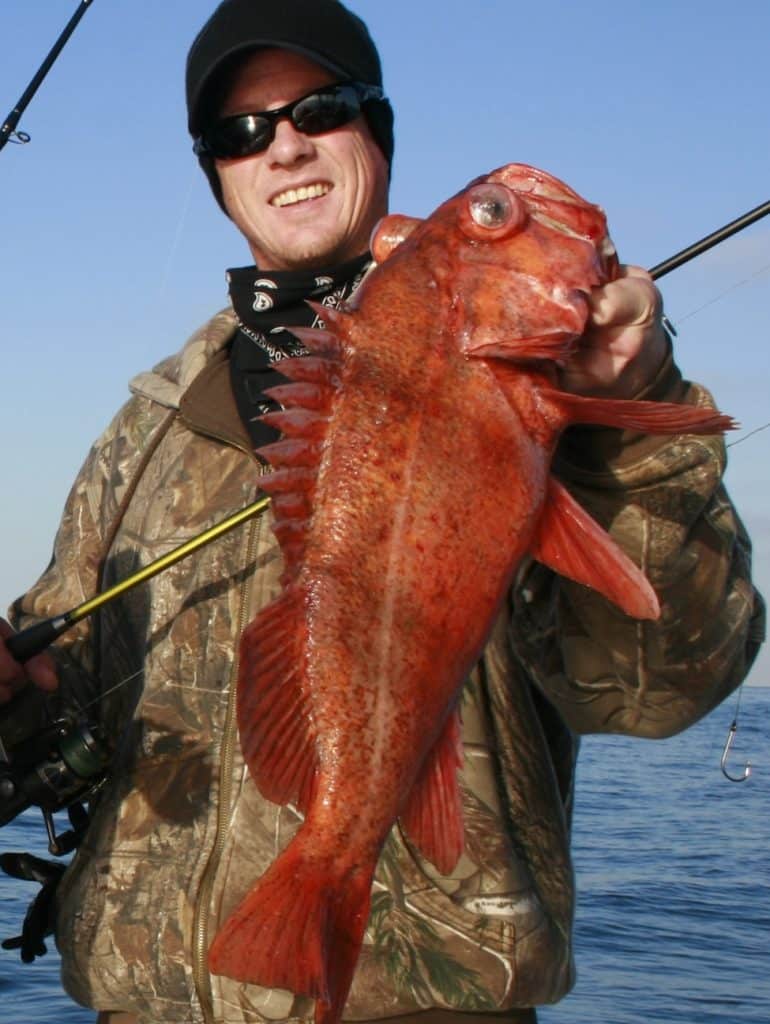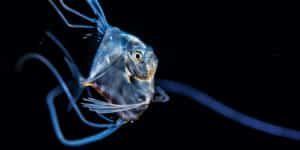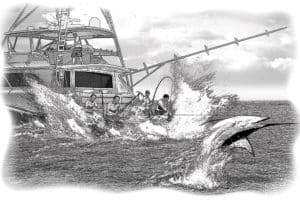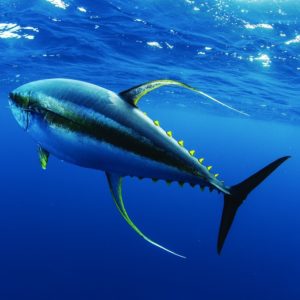
Vermillion Rockfish Get the Nod, Along with 20 Other Species
Seafood Watch, arguably the most influential sustainable-seafood advocacy group, now believes a host of once-troubled Pacific Coast bottom fish have recovered so well that diners and seafood lovers should seek them out at restaurants and markets, according to a story in The Seattle Times.
Marine scientists at the Monterey Bay Aquarium, which oversees Seafood Watch, said this week that government regulators and fishermen had made such strides in how they manage and catch 21 species of rockfish, lingcod and flatfish that it listed all among the “good” or “best” seafood choices in the new edition of its guide, The Seattle Times reports.
This includes species that are on the protected list in some states, including the canary rockfish, which is illegal to keep or possess off the coast of California.
“This is the first time we’ve really seen this happen at this scale on the West Coast,” Santi Roberts, science manager at the aquarium, says in the report.
The aquarium’s Seafood Watch guide has red, yellow and green codes to help restaurant goers, chefs, grocers and shoppers determine which species of commercial fish and shellfish are caught in the most ecologically sensitive manner, the report says.
Many of the species upgraded this week were deemed by the federal government in the mid-1990s or early 2000s to have been badly overfished, some to such an extent that scientists were concerned about their survival.
But a series of major changes to management of the West Coast commercial groundfish fleet has turned around future prospects for many of these species, the report states.
Many of the species, from California to Washington, are caught using trawl nets that may drag along the bottom, harming some sensitive areas, The Seattle Times reports.
Most were managed using massive quota systems. Fishermen often scooped up species they weren’t targeting and ended up tossing away many fish that weren’t salable.
But in the mid- to late 2000s, the Pacific Fishery Management Council, which oversees West Coast commercial fishing, began closing many ecologically sensitive areas to fishing. The council also divvied up quotas and redistributed them to individual fishermen as catch shares, which made it easier for fishermen to take their time and be more selective in the species they targeted. That reduced waste, The Seattle Times reports.
The council also started putting paid monitors on board ships with fishermen during every outing. These observers helped make sure fishermen brought up the right species from the right areas. And the council became much more conservative in setting quotas.
The result, the aquarium scientists said, is a conservation success story.
“We have excellent data on what is being caught, and things are improving,” Roberts said.
Issues remain, according to Seafood Watch. Species are recovering, but fishermen still have to settle for a far lower catch than in previous decades. But scientists believe the new management strategies mean those catch levels could rise again in coming years.
Sablefish, known as black cod, are still declining, though managers and aquarium scientists believe they will rebound in future years. And some nearshore rockfish species managed by the states rather than the federal government are still in poor shape.







